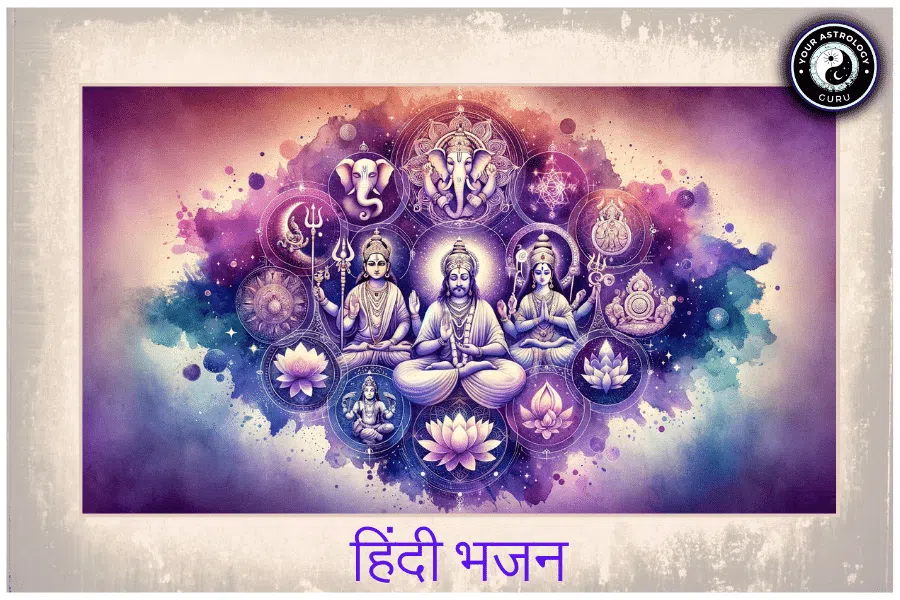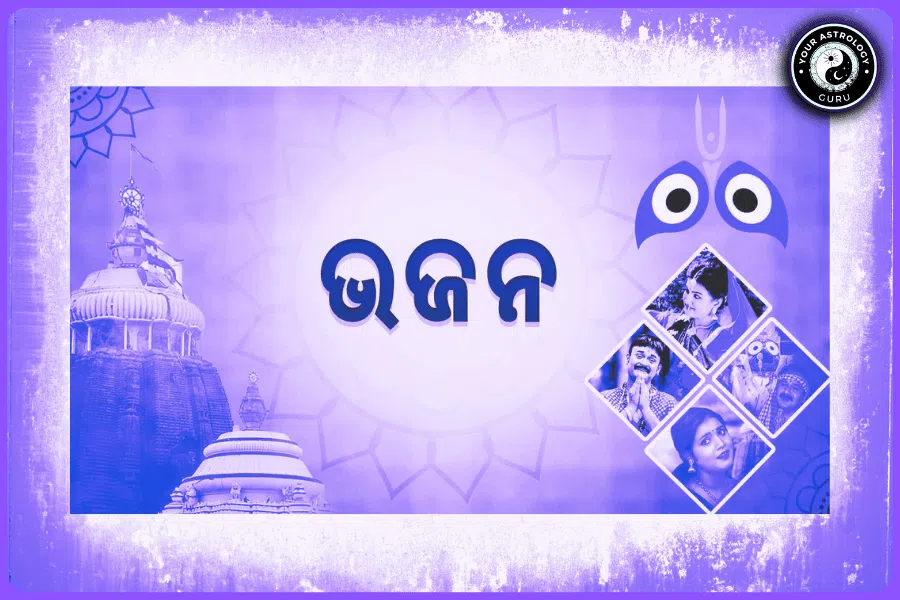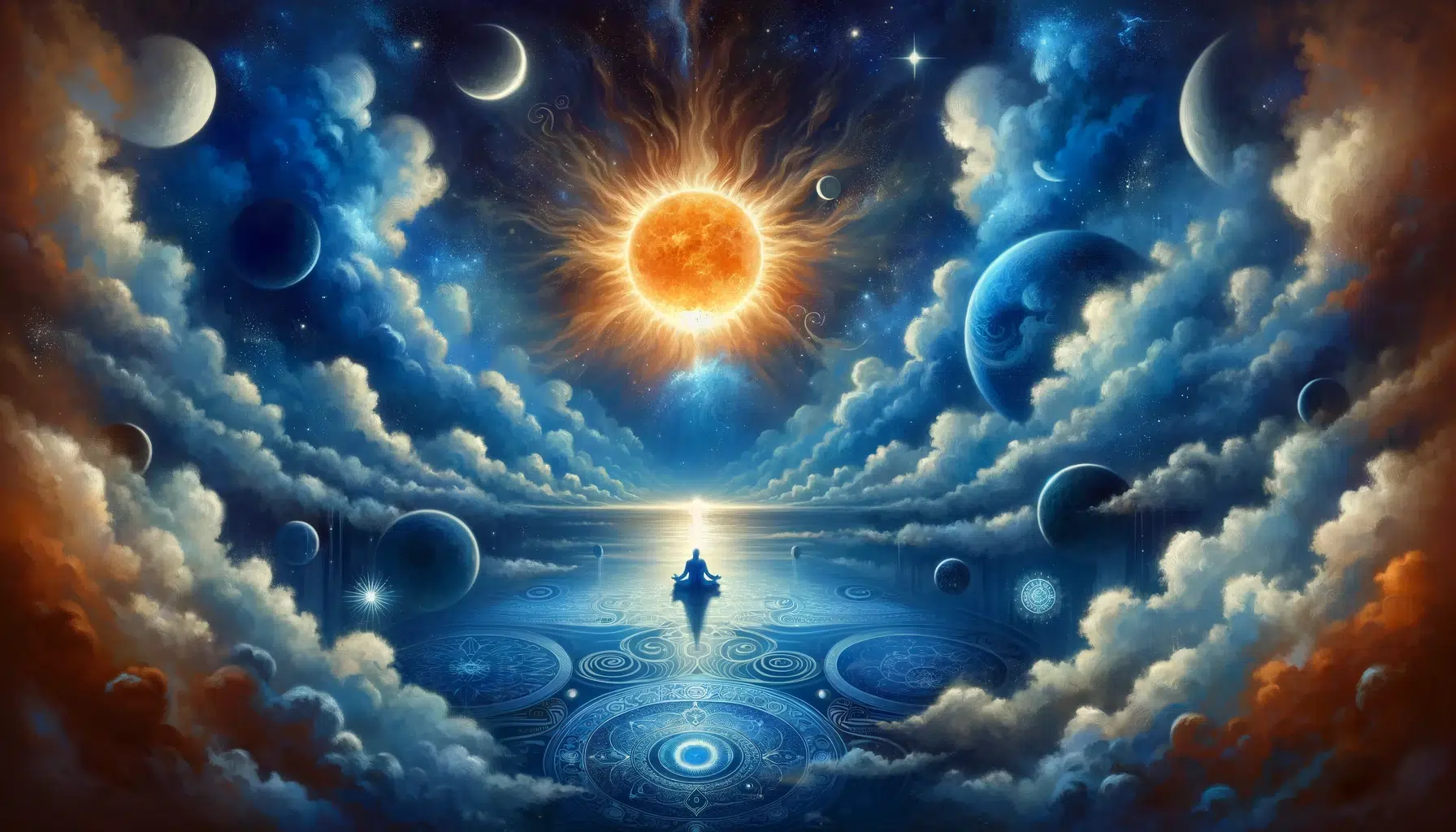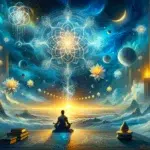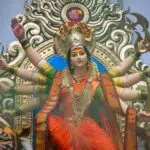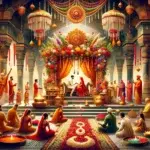The Brahmasutra, also known as the Vedanta Sutra, is one of the most important texts in Hinduism. It is a philosophical treatise that explores the nature of reality, the self, and the ultimate truth. The word “Brahmasutra” can be translated as “aphorisms on Brahman,” with Brahman referring to the ultimate reality or the divine essence that underlies all existence.
The Brahmasutra is considered to be one of the foundational texts of Hindu philosophy and is highly revered by scholars and practitioners alike. It is attributed to the sage Vyasa, who is also believed to have authored the Mahabharata and the Puranas. The text consists of four chapters, each containing several aphorisms or sutras that succinctly express profound philosophical ideas.
The significance of the Brahmasutra in Hinduism lies in its ability to provide a systematic and logical framework for understanding the nature of reality and the path to spiritual liberation. It addresses fundamental questions about the nature of God, the relationship between the individual self and the universal self, and the means to attain liberation or moksha. The Brahmasutra serves as a guide for seekers on their spiritual journey and provides a foundation for various schools of thought within Hindu philosophy.
Table of Contents
Understanding the Structure and Content of Brahmasutra
The Brahmasutra is structured in a way that allows for a systematic exploration of its philosophical concepts. It consists of four chapters, each focusing on a different aspect of Vedanta philosophy.
The first chapter, known as Samanvaya or “harmony,” establishes the central theme of the text, which is the identification of Brahman as the ultimate reality. It explores various scriptures and philosophical ideas to establish this concept.
The second chapter, Avirodha or “non-conflict,” addresses potential objections or contradictions to the concept of Brahman. It reconciles apparent conflicts between different scriptures and philosophical viewpoints, emphasizing the unity and coherence of Vedanta philosophy.
The third chapter, Sadhana or “means,” discusses the means or practices that lead to the realization of Brahman. It explores various spiritual disciplines such as meditation, devotion, and self-inquiry, highlighting their importance in attaining liberation.
The fourth chapter, Phala or “result,” explains the ultimate goal of spiritual practice, which is the realization of Brahman and the attainment of moksha. It discusses the nature of liberation and the state of a liberated being.
The content of the Brahmasutra consists of concise aphorisms that express profound philosophical ideas. These sutras are often cryptic and require extensive commentary and interpretation to fully understand their meaning. The sutras cover a wide range of topics, including the nature of God, the relationship between the individual self and Brahman, the nature of reality, and the means to attain liberation.
The Key Philosophical Concepts Explored in Brahmasutra
The Brahmasutra explores several key philosophical concepts that are central to Hinduism. These concepts provide a framework for understanding the nature of reality and the path to spiritual liberation.
One of the key concepts explored in the Brahmasutra is the nature of Brahman. Brahman is described as the ultimate reality or divine essence that underlies all existence. It is considered to be eternal, infinite, and beyond all dualities. The sutras discuss various scriptures and philosophical ideas to establish this concept and emphasize its importance in understanding the nature of reality.
Another important concept explored in the Brahmasutra is the relationship between the individual self (jiva) and Brahman. The sutras discuss how the individual self is ultimately identical with Brahman but is currently under the influence of ignorance (avidya) that leads to a sense of separation and suffering. The text explores the means to overcome this ignorance and realize one’s true nature as Brahman.
The Brahmasutra also delves into the nature of reality and the concept of maya, which is the power of illusion that veils the true nature of Brahman. The sutras discuss how maya creates the appearance of a multiplicity of objects and beings, leading to attachment, desire, and suffering. The text explores the means to transcend maya and realize the underlying unity of all existence.
Examples of these concepts can be found in various Hindu scriptures and philosophical traditions. For example, in the Upanishads, which are considered to be the philosophical teachings within the Vedas, there are discussions on the nature of Brahman and the relationship between the individual self and Brahman. The Bhagavad Gita, a sacred text within Hinduism, also explores these concepts in the context of a dialogue between Lord Krishna and Arjuna.
The Role of Brahmasutra in Advaita Vedanta and Other Schools of Thought
The Brahmasutra plays a central role in Advaita Vedanta, one of the major schools of thought within Hindu philosophy. Advaita Vedanta emphasizes the non-dual nature of reality and teaches that there is only one ultimate reality, which is Brahman. The Brahmasutra provides a systematic framework for understanding and exploring these teachings.
In Advaita Vedanta, the Brahmasutra is considered to be one of the three pillars of knowledge, along with the Upanishads and the Bhagavad Gita. These three texts are collectively known as the Prasthanatrayi and form the foundation for Advaita Vedanta philosophy.
The Brahmasutra is often studied alongside commentaries by prominent Advaita Vedanta philosophers such as Shankara, Ramanuja, and Madhva. These commentaries provide detailed explanations and interpretations of the sutras, helping to clarify their meaning and relevance.
While the Brahmasutra is particularly important in Advaita Vedanta, it is also studied and revered in other schools of thought within Hindu philosophy. For example, the Dvaita Vedanta school, founded by Madhva, interprets the sutras from a dualistic perspective, emphasizing the distinction between the individual self and Brahman. The Vishishtadvaita Vedanta school, founded by Ramanuja, interprets the sutras from a qualified non-dualistic perspective, emphasizing the relationship between the individual self and Brahman.
The Brahmasutra is often compared with other Hindu scriptures to understand their relationship and explore their teachings. For example, the Upanishads are considered to be the philosophical teachings within the Vedas and are often seen as the source of the ideas presented in the Brahmasutra. The Bhagavad Gita, on the other hand, provides a practical guide to spiritual practice and is often seen as a complement to the philosophical teachings of the Brahmasutra.
The Historical Context of Brahmasutra and Its Influence on Indian Philosophy
The Brahmasutra was composed around 200 BCE to 200 CE, during a period of significant intellectual and philosophical development in India. It emerged as a response to various philosophical debates and discussions that were taking place at the time.
The historical context of the Brahmasutra can be traced back to the Upanishadic period, which saw the emergence of profound philosophical ideas about the nature of reality and the self. The Upanishads explored concepts such as Brahman, Atman (the individual self), and moksha (liberation), laying the foundation for later philosophical developments.
The Brahmasutra builds upon these earlier teachings and provides a systematic framework for understanding and exploring them. It addresses various philosophical debates and objections that were prevalent at the time, reconciling different viewpoints and establishing a coherent and comprehensive philosophy.
The influence of the Brahmasutra on Indian philosophy cannot be overstated. It has shaped the development of various schools of thought within Hinduism and has been a source of inspiration for countless philosophers, scholars, and spiritual seekers throughout history.
Interpreting Brahmasutra: Different Approaches and Perspectives
The Brahmasutra is a complex and cryptic text that requires extensive interpretation and commentary to fully understand its meaning. Over the centuries, different scholars and philosophers have approached the sutras from various perspectives, leading to different interpretations and understandings.
One approach to interpreting the Brahmasutra is through the lens of Advaita Vedanta. Advaita Vedanta emphasizes the non-dual nature of reality and teaches that there is only one ultimate reality, which is Brahman. Scholars such as Shankara have provided commentaries on the sutras from an Advaita Vedanta perspective, emphasizing the identification of the individual self with Brahman and the means to realize this truth.
Another approach to interpreting the Brahmasutra is through the lens of Dvaita Vedanta. Dvaita Vedanta emphasizes the distinction between the individual self and Brahman, teaching that they are eternally separate. Scholars such as Madhva have provided commentaries on the sutras from a Dvaita Vedanta perspective, emphasizing devotion to a personal deity and the path of surrender.
Yet another approach to interpreting the Brahmasutra is through a qualified non-dualistic perspective, as advocated by Ramanuja in his Vishishtadvaita Vedanta philosophy. This perspective emphasizes the relationship between the individual self and Brahman, teaching that they are distinct but also interconnected. Scholars such as Ramanuja have provided commentaries on the sutras from this perspective, highlighting the importance of devotion, service, and surrender in spiritual practice.
These different approaches and perspectives in interpreting the Brahmasutra reflect the diversity and richness of Hindu philosophy. They provide different ways of understanding and exploring the profound teachings of the sutras, allowing for a comprehensive and multifaceted understanding of reality and the path to liberation.
The Importance of Commentary in Understanding Brahmasutra
The Brahmasutra is a concise and cryptic text that requires extensive commentary to fully understand its meaning. Commentaries provide detailed explanations and interpretations of the sutras, helping to clarify their meaning and relevance.
Commentaries on the Brahmasutra have been written by numerous scholars and philosophers throughout history. These commentaries often provide different perspectives and interpretations, reflecting the diversity of Hindu philosophy.
One of the most influential commentaries on the Brahmasutra is that of Adi Shankara, the 8th-century Advaita Vedanta philosopher. Shankara’s commentary, known as the Brahma Sutrabhasya, is considered to be one of the most authoritative interpretations of the sutras from an Advaita Vedanta perspective. It provides a detailed analysis of each sutra, explaining its meaning and relevance in the context of Advaita Vedanta philosophy.
Other notable commentaries on the Brahmasutra include those by Ramanuja, Madhva, and Vallabha, who provide interpretations from their respective philosophical perspectives. These commentaries offer valuable insights into the sutras and help to deepen our understanding of their teachings.
The importance of commentary in understanding the Brahmasutra lies in its ability to provide context, clarification, and interpretation. The sutras themselves are often cryptic and open to multiple interpretations. Commentaries help to shed light on their meaning, making them more accessible and applicable to our lives.
The Relationship between Brahmasutra and Other Hindu Scriptures
The Brahmasutra is closely related to other Hindu scriptures, particularly the Upanishads and the Bhagavad Gita. These texts are collectively known as the Prasthanatrayi and form the foundation for Hindu philosophy.
The Upanishads are considered to be the philosophical teachings within the Vedas, which are the oldest sacred texts of Hinduism. They explore profound philosophical ideas about the nature of reality, the self, and the ultimate truth. The Brahmasutra builds upon these teachings and provides a systematic framework for understanding and exploring them.
The Bhagavad Gita, on the other hand, is a sacred text within Hinduism that presents a practical guide to spiritual practice. It is a dialogue between Lord Krishna and Arjuna, in which Krishna imparts spiritual wisdom and guidance to Arjuna. The Bhagavad Gita complements the philosophical teachings of the Brahmasutra by providing practical instructions on how to apply these teachings in daily life.
The relationship between the Brahmasutra, Upanishads, and Bhagavad Gita is often described as one of coherence and complementarity. While each text has its own unique teachings and emphasis, they all contribute to a comprehensive understanding of reality and the path to liberation.
The Relevance of Brahmasutra in Modern Times
The Brahmasutra continues to be relevant in modern times, offering valuable insights and guidance for seekers on their spiritual journey. Its teachings provide a framework for understanding the nature of reality, the self, and the ultimate truth, which can be applied to various aspects of life.
In a world that is increasingly characterized by materialism, consumerism, and superficiality, the Brahmasutra offers a profound reminder of the underlying unity and interconnectedness of all existence. It teaches us to look beyond appearances and seek the deeper truth that lies within.
The Brahmasutra also provides guidance on how to overcome suffering and find lasting happiness. It teaches that true happiness can only be found by realizing our true nature as Brahman and transcending the limitations of the ego. This teaching is particularly relevant in a world that is plagued by stress, anxiety, and discontent.
Furthermore, the Brahmasutra offers practical instructions on how to attain liberation or moksha. It explores various spiritual disciplines such as meditation, devotion, and self-inquiry, providing a roadmap for seekers who are looking to deepen their spiritual practice.
Overall, the Brahmasutra is relevant in modern times because it addresses fundamental questions about the nature of reality and the purpose of life. Its teachings provide a timeless wisdom that can guide us on our journey towards self-discovery and spiritual fulfillment.
Challenges and Controversies Surrounding the Study of Brahmasutra
The study of the Brahmasutra is not without its challenges and controversies. The text itself is concise and cryptic, requiring extensive commentary and interpretation to fully understand its meaning. This can make it difficult for beginners to grasp its teachings and can lead to different interpretations and understandings.
Furthermore, the Brahmasutra addresses profound philosophical concepts that are often beyond the grasp of ordinary individuals. Its teachings require a certain level of intellectual rigor and spiritual maturity to fully appreciate and apply.
Another challenge surrounding the study of the Brahmasutra is the diversity of interpretations and perspectives. Different scholars and philosophers have approached the sutras from various perspectives, leading to different interpretations and understandings. This can be confusing for beginners who are trying to make sense of the text.
Controversies surrounding the study of the Brahmasutra often arise from differences in philosophical viewpoints and interpretations. Scholars from different schools of thought, such as Advaita Vedanta, Dvaita Vedanta, and Vishishtadvaita, have varying interpretations of the Brahmasutra. These interpretations are influenced by their respective philosophical frameworks and understandings of key concepts such as the nature of reality, the relationship between the individual self and the ultimate reality (Brahman), and the means to attain liberation (moksha). These differences in interpretation can lead to debates and disagreements among scholars, with each school defending their own understanding of the text. Additionally, historical and cultural factors also play a role in shaping these controversies, as different regions and time periods may have had their own unique perspectives on the Brahmasutra. Overall, the study of the Brahmasutra remains a subject of ongoing debate and discussion within the field of Indian philosophy.





